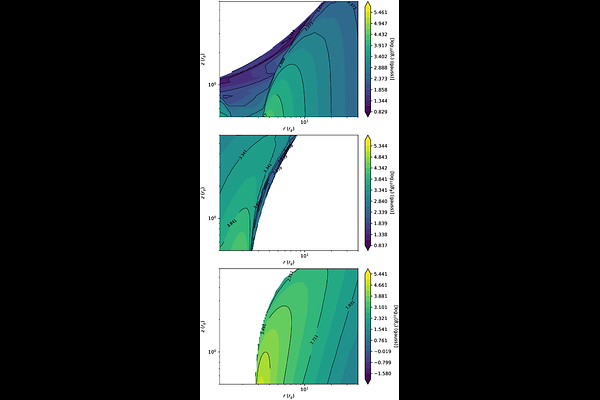Generation of magnetic fields around black hole accretion discs due to non conservative radiation fields

Generation of magnetic fields around black hole accretion discs due to non conservative radiation fields
Mukesh Kumar Vyas, Asaf Pe'er
AbstractWe investigate the generation of magnetic fields above black hole accretion discs due to the non-zero curl of the disc radiation field. By self consistently computing the components of the radiation flux and their curl, we show that the rotational nature of the radiation field induces charge separation, leading to magnetic field generation in the plasma above the disc. Solving the magnetohydrodynamic equations, we derive the time evolution of these fields and demonstrate that they grow over astrophysically relevant timescales. For a standard Keplerian accretion disc, the produced magnetic fields remain weak, on the order of a few Gauss, consistent with previous predictions. However, when a luminous corona is present in the inner disc region ($r_d < 3-10 r_g$), the generated fields reach dynamically significant strengths of up to $10^5$ Gauss where the magnetic energy density approaching few percentage of equipartition with the gas pressure. These fields develop within realistic growth timescales (such as viscous timescale) and can be dynamically significant in governing disc and jet evolution. Our findings suggest that radiation-driven magnetic fields play a crucial role in accretion flow magnetization, influencing both disc dynamics and observational signatures. The predicted field strengths could affect the thermal emission, synchrotron radiation, and polarization properties of black hole accretion systems, with implications for X-ray binaries, AGN, and jet formation. Future numerical simulations and high-resolution polarimetric observations, such as those from IXPE, eXTP, and EHT, may provide observational confirmation of our findings.